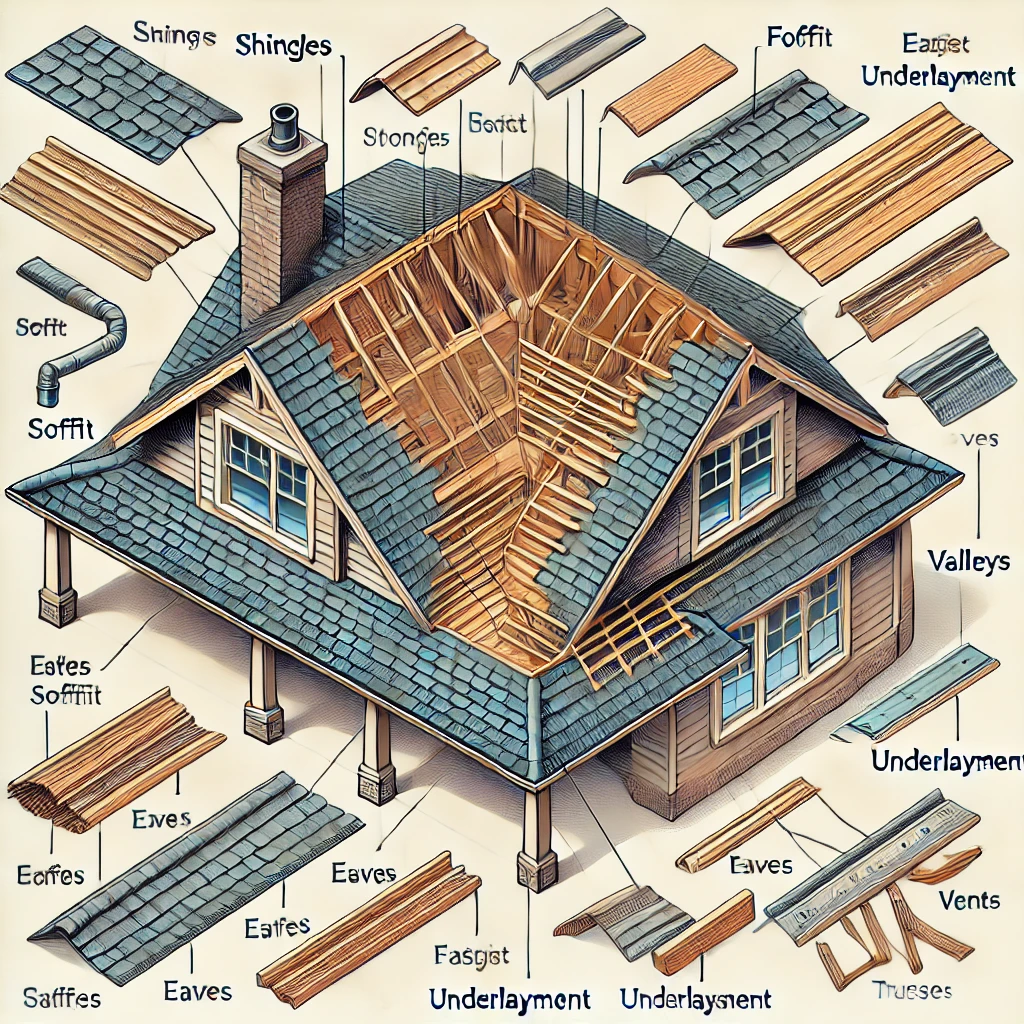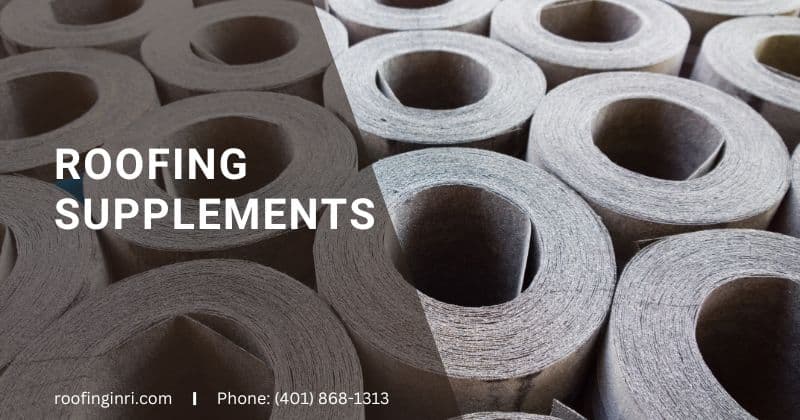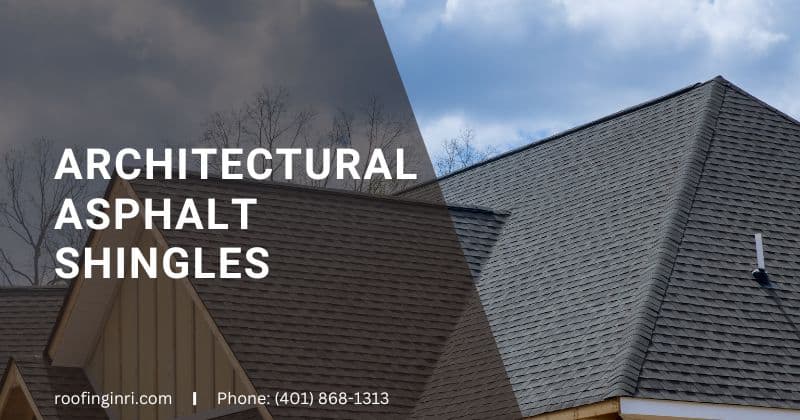A roof is much more than just the shingles you see from the outside. It’s a complex system composed of multiple components working together to protect your home from the elements.
Understanding the key parts of a roof system and their functions can help you maintain it better and make informed decisions when it’s time for repairs or replacement.
Here are the main parts of a roof system and what they do:
Ridge
The ridge is the horizontal line at the highest point of a roof where two sloping roof planes meet. It’s often covered with ridge caps to provide protection and ventilation.
Some of the recent and modern ridges have ventilation systems. These systems can prevent the entry of animals like squirrels, birds, and insects into the attic.
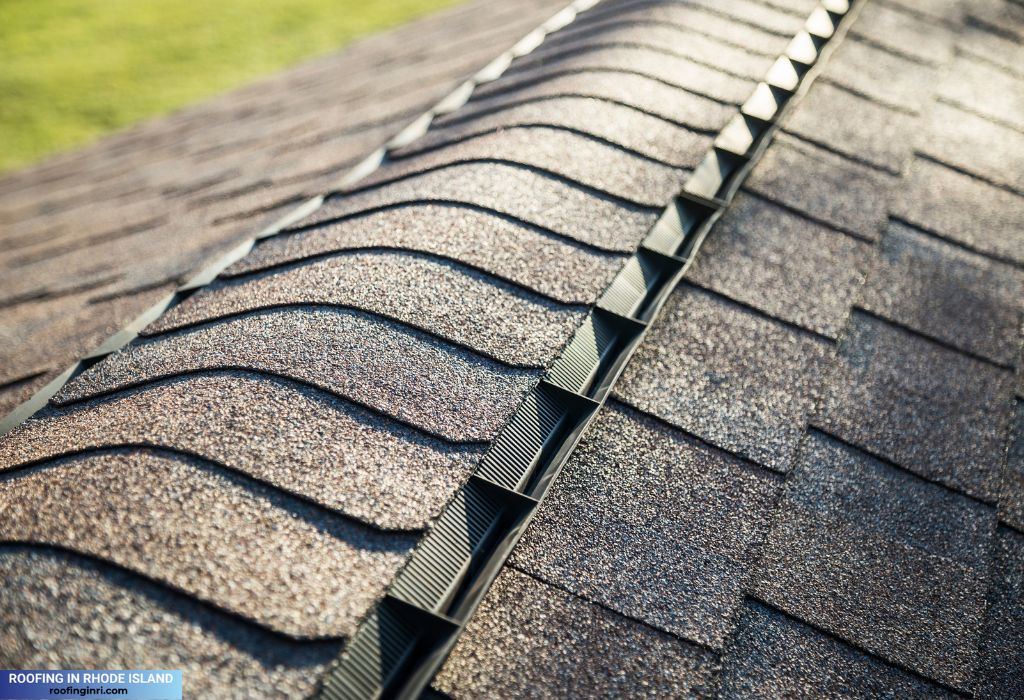
Ventilation and ridge vent
Proper ventilation is a very important part of any roof. It controls moisture, allows air to move inside the roof, and helps prevent mold formation, ice dams, ceiling condensation, etc.
A ridge vent runs along the ridge and allows warm, humid air to escape from the attic. This promotes ventilation and prevents moisture buildup, which can lead to mold or rot.
Related: Active and passive ventilation – which one is the best for your roof
Roof decking (sheathing)
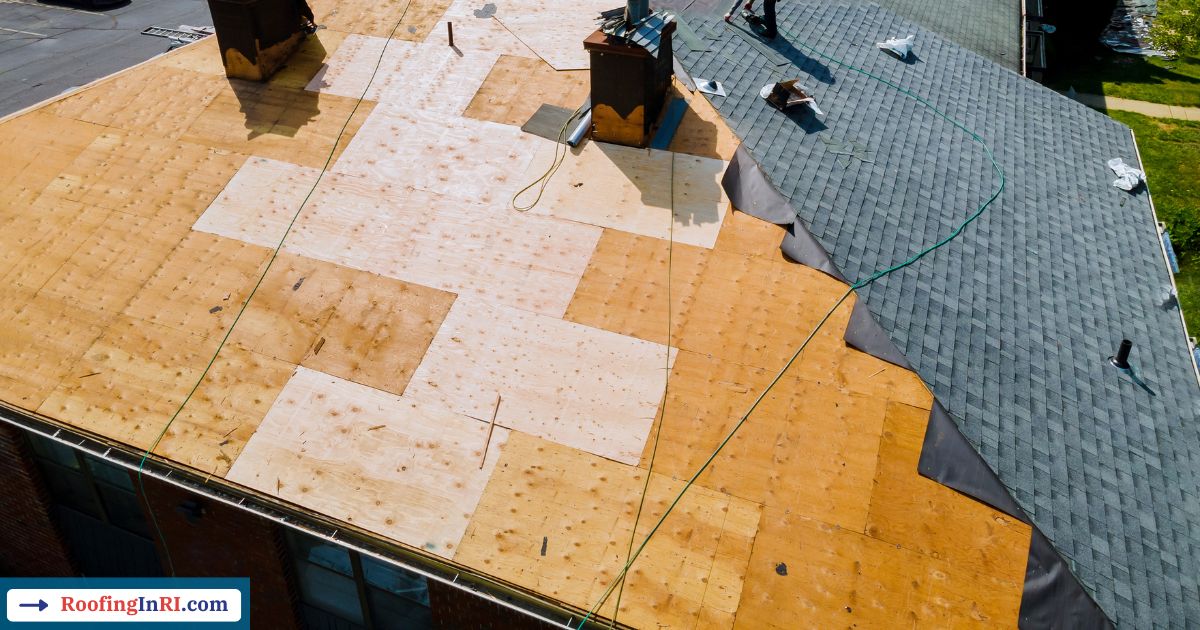
The roof decking is the flat surface that forms the base of the roof. It’s typically made of plywood or oriented strand board (OSB) and supports all other roofing materials.
It provides a solid base that supports the entire roofing system, maintains structural integrity, and protects the roof structure. It also evenly distributes the weight of snow, ice, and other elements across the underlying structure.
Underlayment

Underlayment is a waterproof or water-resistant layer installed directly on top of the roof decking. It acts as a secondary barrier to prevent water from penetrating the roof.
This underlayment also prevents water from seeping inside even if the shingles are displaced for a short period.
Shingles/outer covering materials
Shingles are the outermost layer of the roof. They provide aesthetic appeal and protection from weather elements like rain, snow, and UV rays. Common types include asphalt, metal, and wood. Metal roofing is also popular nowadays and it provides a long-lasting lifespan.
Read also: Best roofing shingles brands in the US.
Drip edge
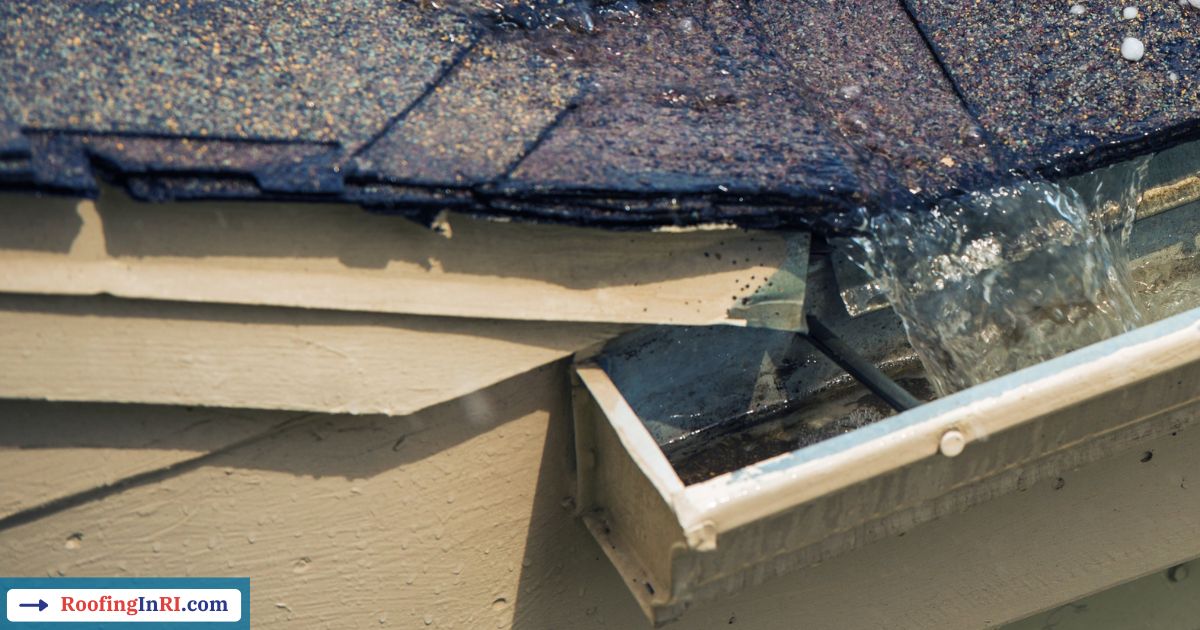
The drip edge is a metal strip installed along the edges of the roof. It directs water away from the fascia and into the gutters, preventing water damage.
Fascia
The fascia is a vertical board that runs along the roof’s lower edge. It supports the bottom row of shingles and provides a finished look to the roofline.
Soffit
Located under the overhang of the roof, the soffit provides ventilation to the attic while protecting it from pests and debris.
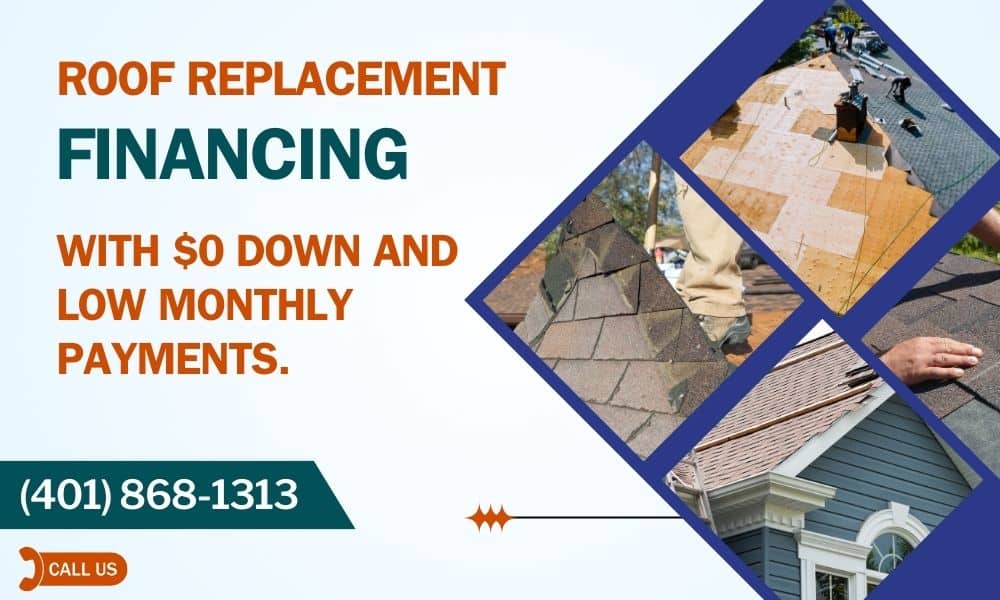
Eaves
The eaves are the edges of the roof that extend beyond the walls of the house. They help direct rainwater away from the siding and foundation.
Valley
A valley is where two roof planes meet at an inward angle. It’s a critical area for water drainage and requires proper flashing to prevent leaks.
Flashing
Flashing is a thin material, usually metal, installed around roof penetrations like chimneys, vents, and valleys. It prevents water from seeping into these vulnerable areas.
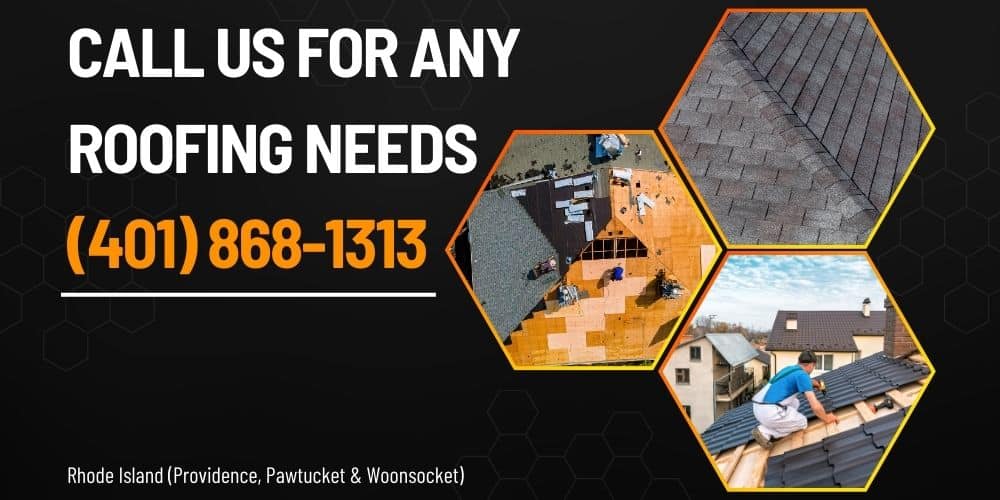
Gutters
Gutters are channels that collect and direct rainwater away from the roof and foundation, protecting your home from water damage.
Downspouts
Connected to the gutters, downspouts carry water from the gutters down to the ground and away from the foundation.
Hip
A hip is an external angle where two sloping roof planes meet. Like the ridge, hips often have their own special caps for protection and aesthetics.
Roof vent
Roof vents allow air to circulate in the attic, helping regulate temperature and moisture levels. Types include static vents, turbine vents, and powered vents.
Chimney
While not technically part of the roof, the chimney passes through it and requires proper flashing to prevent leaks.
Skylights
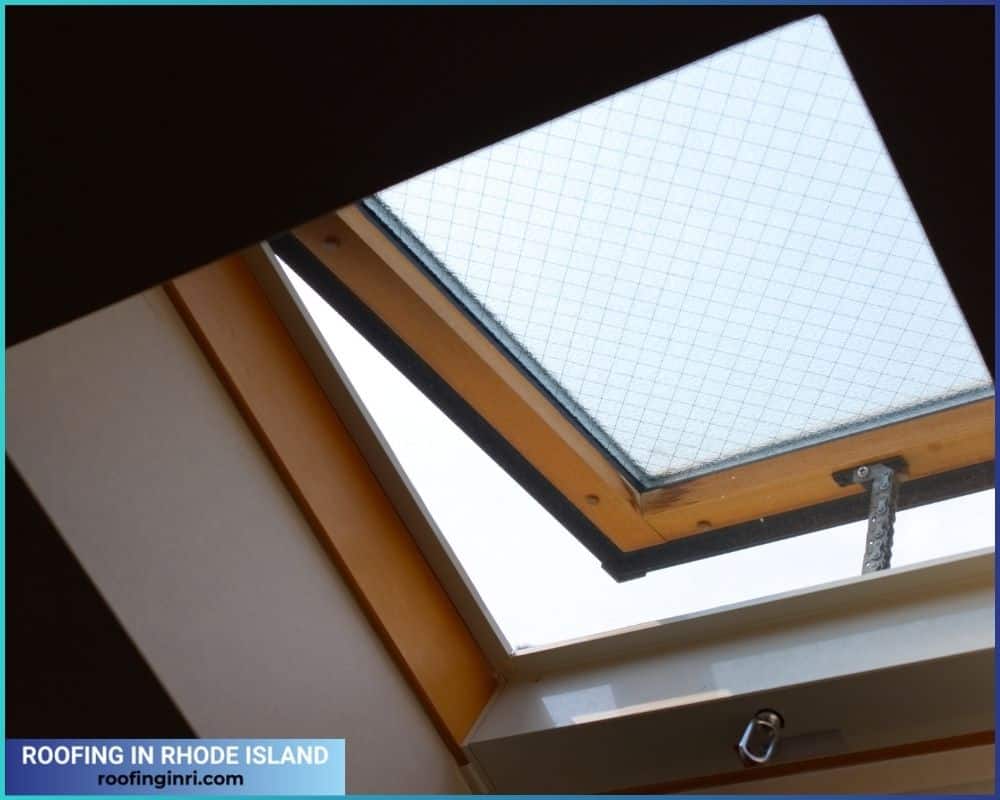
Skylights are windows installed on the roof to allow natural light into the home. Proper flashing is crucial to avoid leaks around them.
Ice and water shield
This is a specialized underlayment installed in areas prone to ice dams or heavy water flow, such as valleys and eaves. It adds extra protection against leaks. For more information, see why you need it.
Each part of a roof system plays a vital role in protecting your home and maintaining its structural integrity. Knowing these components and their functions can help you identify potential issues and communicate effectively with roofing professionals. Regular inspections and maintenance will ensure your roof continues to perform its best for years to come.
Ready to elevate your home’s protection and curb appeal? Call us at (401) 868-1313 today for expert roofing solutions in Rhode Island (Providence, Pawtucket & Woonsocket) – because your roof deserves the best care it can get!


